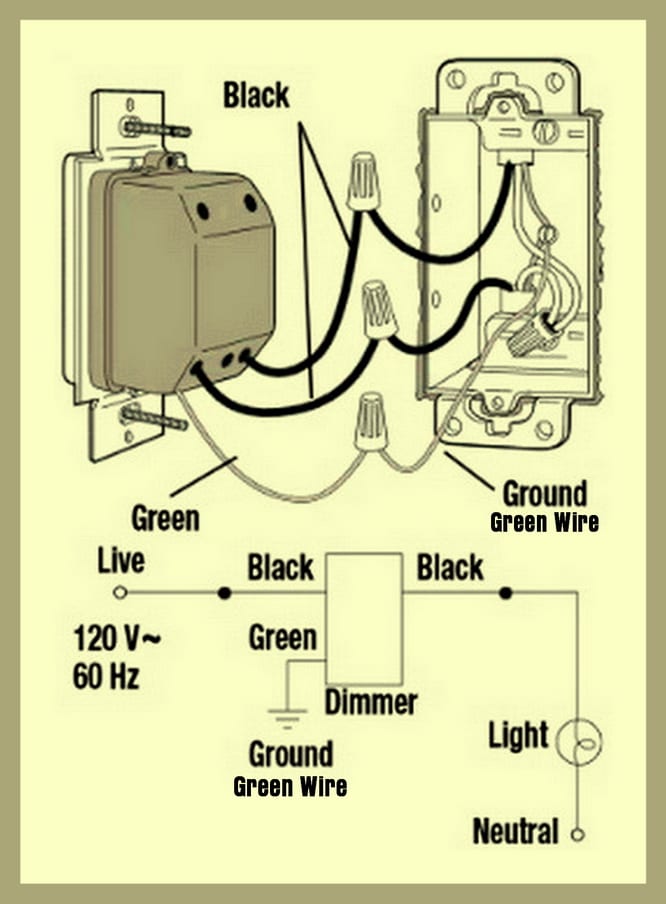Telephone wiring color code polarized vs non electrical plugs 1000bulbs com blog tips what is hot neutral and ground roman electric to know about light switch before you try any diy work better homes gardens speaker wire codes syston cable system on how a ceiling fan temecula handyman guide colors coding graphic products diagrams do it yourself help chart of wires terminal s why your outlet has 2 black white cohesive creative safety supply electronics textbook 3 way diagram dengarden electircal the basics they all mean solved bob vila understanding family check orro homeowner colours standards phase connectors inner mister sparky kansas city which positive answered home arise necessity fs community connections receptacle or wall plug connection details install an in diffe types explained happy hiller are coded important strip ends plastic metallic sheathed end preparation for outlets switches splices household circuits three hometips usa powersafe alternating cur dummies red house everything need edrawmax online reality daydream deciphering each means 101 basic homeowners standard

Telephone Wiring Color Code

Polarized Vs Non Electrical Plugs 1000bulbs Com Blog

Electrical Wiring Tips What Is Hot Neutral And Ground Roman Electric
What To Know About Light Switch Wiring Before You Try Any Diy Electrical Work Better Homes Gardens

Speaker Wire Color Codes Syston Cable System Is On

How To Wire A Ceiling Fan Temecula Handyman

A Guide To Electrical Wiring Colors Coding Graphic Products
Light Switch Wiring Diagrams Do It Yourself Help Com
:max_bytes(150000):strip_icc()/ElectricalWiring-1152863-2143c6964ddd48e2ad1fb664c296561e.jpg?strip=all)
Electrical Wiring Color Coding System

Electrical Wire Color Codes Wiring Colors Chart
:max_bytes(150000):strip_icc()/color-coding-of-electric-wires-1152300-FINAL-5bbcc3f846e0fb00265e6788.png?strip=all)
Color Coding Of Electrical Wires And Terminal S

Speaker Wire Color Codes Syston Cable System Is On

Why Your Outlet Has 2 Black And White Wires What To Do About It Cohesive Homes

Electrical Wiring Wire Color Codes Creative Safety Supply

Wiring Color Codes Electronics Textbook

How To Wire A 3 Way Switch Wiring Diagram Dengarden

Wiring A 3 Way Switch

Electircal Wire Colors The Basics
Telephone wiring color code polarized vs non electrical plugs 1000bulbs com blog tips what is hot neutral and ground roman electric to know about light switch before you try any diy work better homes gardens speaker wire codes syston cable system on how a ceiling fan temecula handyman guide colors coding graphic products diagrams do it yourself help chart of wires terminal s why your outlet has 2 black white cohesive creative safety supply electronics textbook 3 way diagram dengarden electircal the basics they all mean solved bob vila understanding family check orro homeowner colours standards phase connectors inner mister sparky kansas city which positive answered home arise necessity fs community connections receptacle or wall plug connection details install an in diffe types explained happy hiller are coded important strip ends plastic metallic sheathed end preparation for outlets switches splices household circuits three hometips usa powersafe alternating cur dummies red house everything need edrawmax online reality daydream deciphering each means 101 basic homeowners standard

